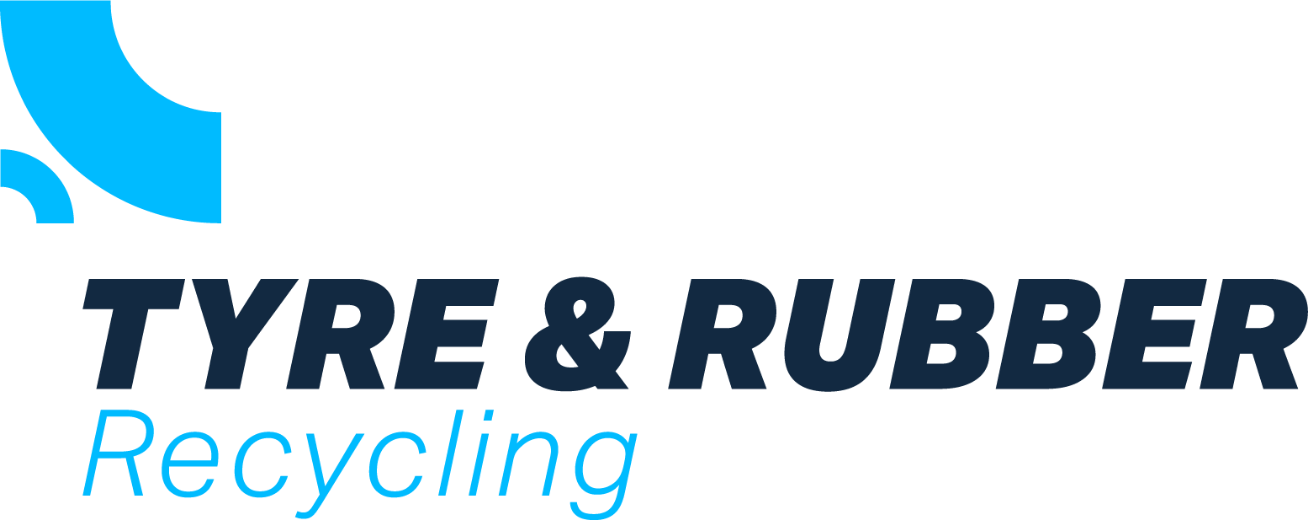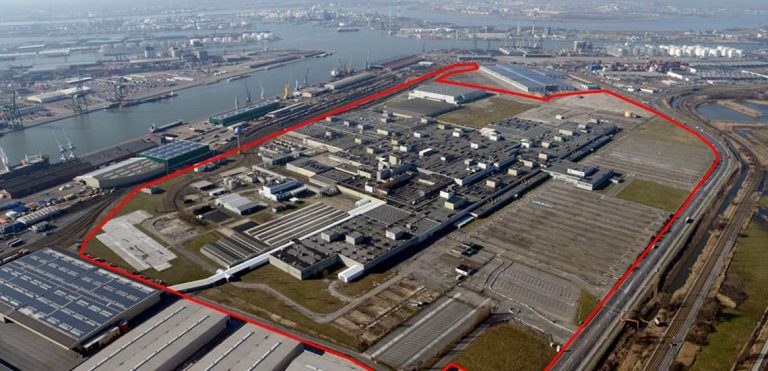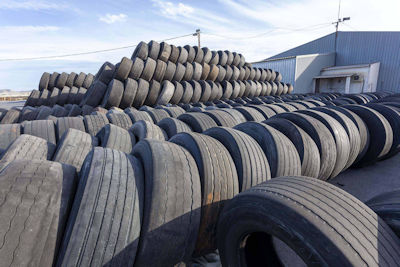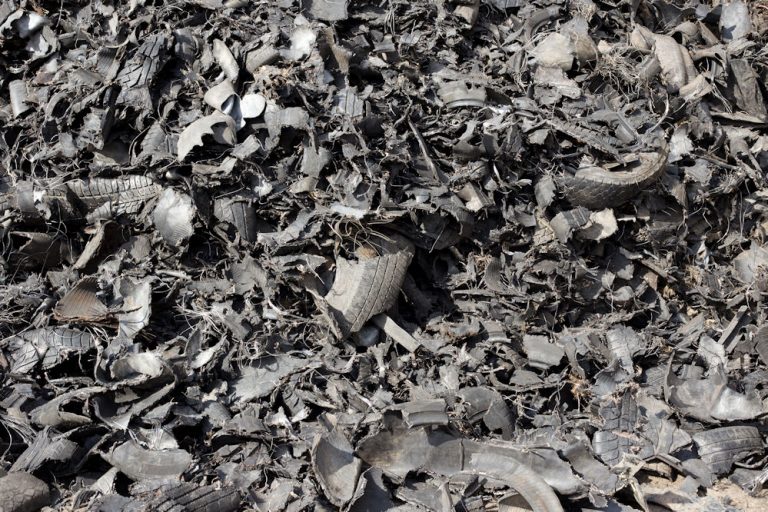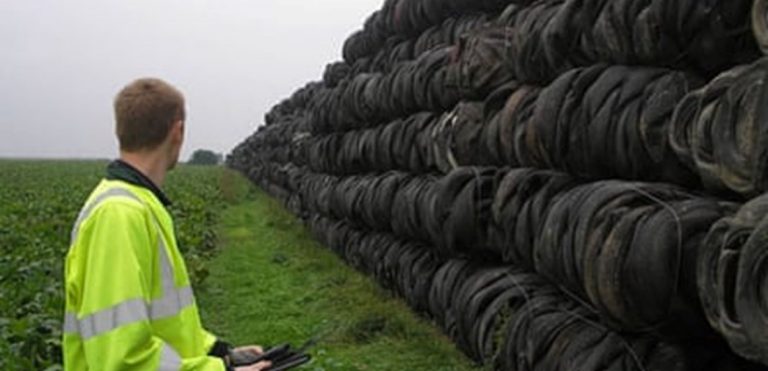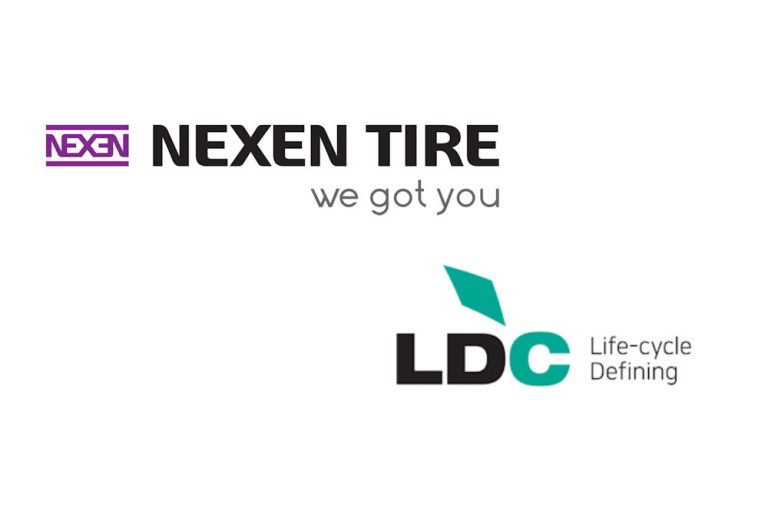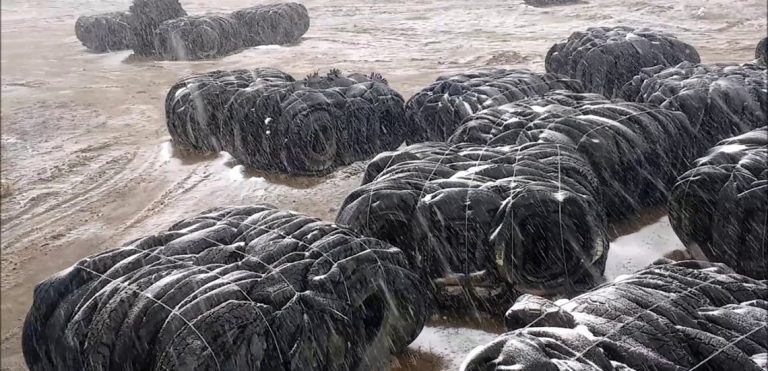With grant support from the EU Innovation Fund, Bolder’s planned Antwerp facility will help redefine sustainable tyre manufacturing at an unprecedented scale
Bolder Industries Belgium, an affiliate of US-based Bolder Industries, LLC, the circular solutions provider for the rubber, plastics, and petrochemical industries, formally signed a landmark €32 million grant agreement with the European Commission’s EU Innovation Fund, one of the world’s largest funding programs supporting the deployment of innovative, low-carbon technologies at scale. The grant award was confirmed following rigorous due diligence by the EU Innovation Fund and will support the construction of Bolder’s new, state-of-the-art facility in Antwerp, Belgium. This milestone further solidifies Bolder’s position as a global leader in circular economy solutions and supports the company’s continued expansion following a transformative growth investment by Tiger Infrastructure Partners earlier in the year.
Bolder’s next-generation, 55,152-square-meter facility will be strategically located at the Port of Antwerp and will feature four proprietary reactors and a cutting-edge finishing line capable of processing over 6 million end-of-life tyres annually to produce the company’s flagship sustainable raw materials, BolderBlack™ and BolderOil™.The new facility will have an installed capacity to produce nearly 18,000 metric tons (MT) annually of BolderBlack, its widely validated alternative to virgin carbon black used in more than 3,000 commercial products, offering significant carbon footprint reductions. It will also produce nearly 21,000 MT of BolderOil, its sustainable liquid resource that replaces traditional fossil-based oils in petrochemical applications, contributing to a circular economy in diverse industries. Bolder’s circular process delivers more than an 80 per cent reduction in greenhouse gas emissions compared to traditional production methods. Bolder’s products serve global tyre manufacturers as well as petrochemical and renewable fuel companies, including the Netherlands-based industrial conglomerate, Profiltra.
Profiltra CEO Patrick Cobussen highlighted the importance of sustainable raw materials, adding, “Environmental responsibility is at the core of our values. Our partnership with Bolder Industries is a direct response to the increasing demand from our customers for sustainable options. Bolder’s circular materials enable us to meet this demand while upholding our commitment to quality and performance.”
Construction of the Port of Antwerp facility is slated to begin in 2026, with full operational capacity projected in Q2 2027. Powered by renewable energy, including wind and recovered heat, the project embodies bold environmental stewardship. The project also represents a substantial investment in Flanders that is expected to create at least 50 new jobs in the region. This is only the first phase of Bolder’s plan in Antwerp, with future expansion expected to more than double the facility’s capacity.
“Tiger Infrastructure has a proven track record of helping US infrastructure platforms like Bolder expand into Europe, and vice versa”, said Emil W. Henry, Jr., CEO and CIO of Tiger Infrastructure Partners. “We are excited to support Bolder’s growth by investing our capital to construct new circular economy projects like Antwerp in both the US and Europe in collaboration with key customers and funding sources like the EU Innovation Fund.”



